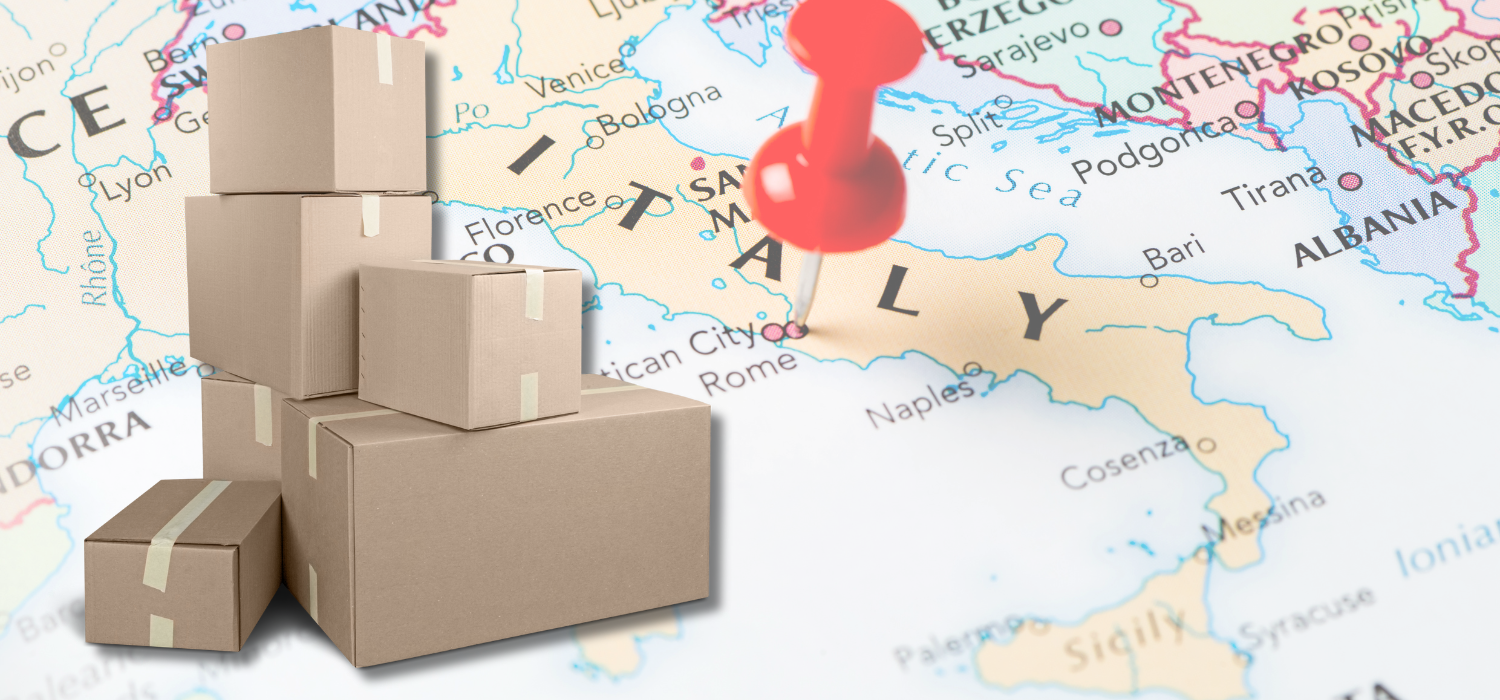eCommerce returns are on the rise: more and more consumers, in the wake of a purchasing model promoted by large eCommerce players, tend to return products purchased online.
For this reason, it is important to analyse this phenomenon in order to understand it and how best to govern it. And what better way to start than with numbers.
Here, then, is all the data you need to know about eCommerce returns.
All Data on eCommerce Returns
As expected, the sector in which the number of returns is highest is fashion, followed by consumer electronics and jewellery.
eCommerce returns in the fashion industry
Getting the wrong size of an item of clothing, or realising only after it arrives at home that it does not fit as we imagined, is in fact much more common than we think. Almost half of the returns in this sector (45%) are in fact related to size problems.
Moreover, given the ease with which it is possible to return an order online, there has been a tendency in recent years to order more garments than you really need, try them on, and send them back if you are not totally convinced by the purchase. To give an example, one out of every two garments purchased on Zalando – which has always relied on ‘easy and free’ returns – is returned in most of the markets in which it operates.
In other words, the fitting room has moved from shop boutiques to the living room at home. The difference is that the ‘home-made’ fitting room has much higher costs – environmental and otherwise.
For the fashion sector, therefore, the rate of return varies between 20 and 60% depending on the different markets and in proportion to the penetration rate of online sales (in Italy, for example, it stops at 20%; in Germany it reaches 60%).
eCommerce vs. Retail Returns
In general, the return rate in Italy stands at 16%: one of the lowest values in Europe, as reported in a recent study by Yocabè.
By contrast, the international average for online returns is 30%; whereas returns from physical stores stop at just under 9%.
The main reasons for eCommerce returns
The reasons for returning a product can be diverse and range from a simple size mistake to reasons related to the shipping process.
In fact, 20% of returns are due to damage to the product during shipment. The end customer, receiving a damaged product, has no choice but to return it to the sender.
On the other hand, 23% of the cases are due to an error: users claim to have received a different product than the one they ordered.
Finally, in 22% of the cases, the product is simply different from the customer’s expectations.
How much eCommerce returns cost merchants
According to the research carried out by Yocabè, each return would cost merchants up to EUR 30.
Suffice it to say that the logistical cost of a return alone ranges between 8 and 12 euros, plus the fact that a returned product must be checked, sterilised and repackaged before being resold. Despite this, the product is often resold at a discount: according to an estimate by IfReturns, returns sold at full price would be less than 55% of the total.
However, the biggest cost is related to non-sales. The majority of eShoppers, in fact, tend to ask for a refund instead of a product exchange. Also according to IfReturns, the loss of revenue resulting from refunds can be estimated at around EUR 800 billion in Europe.
How much eCommerce returns cost consumers
Another cost to be considered is that for the end customer.
In general, users are not particularly willing to bear return costs: 79% of eShoppers ask for free returns. This request is very often supported by eCommerce, which in 49% of cases tend to offer free returns.
Recently, however, the air is changing. In fact, more and more brands are asking their customers to contribute to the shipping costs for their returns: the big fast fashion brands – Zara and H&M, to name but a few – have introduced shipping costs of between EUR 2.99 and EUR 5. Overall, according to IfReturns, 74% of returns now cost end customers an average of EUR 3.54.
Consumer preferences with respect to eCommerce return delivery methods
A further solution increasingly appreciated by consumers is to return goods directly to a brand shop, thus effectively eliminating shipping costs. In fact, 69% of consumers say they are more inclined to buy online if it is possible to return directly in shop.
If you are interested in offering your customers the possibility to make their returns easily, quickly and inexpensively at your point of sale, Collection Point or Locker, GEL Proximity has the right solution for you. Discover our reverse logistics offer now, or request a demo directly.
How eCommerce return policies affect purchase intentions
Finally, we cannot overlook a key figure: the number of users who, despite a shopping experience that ended in a return – thus not entirely positive – would still be willing to make a new purchase from the same online store.
There is good news: 92 per cent of eShoppers say they would be willing to make a new purchase from the same online store, but only if the return process was quick and easy. For instance, 47% of eShoppers highly value the possibility of being able to easily find and print the return label (even better if it is already inside the parcel when it arrives).
In any case, return is such an important issue for eShoppers (let’s face it, nobody likes to make the wrong purchase and have to keep it) that as many as 62% of users tend to inquire about the return policy of an online store before making a purchase.
Interested in learning more about how to improve your return policy? Discover GEL Proximity’s 5 tips.













